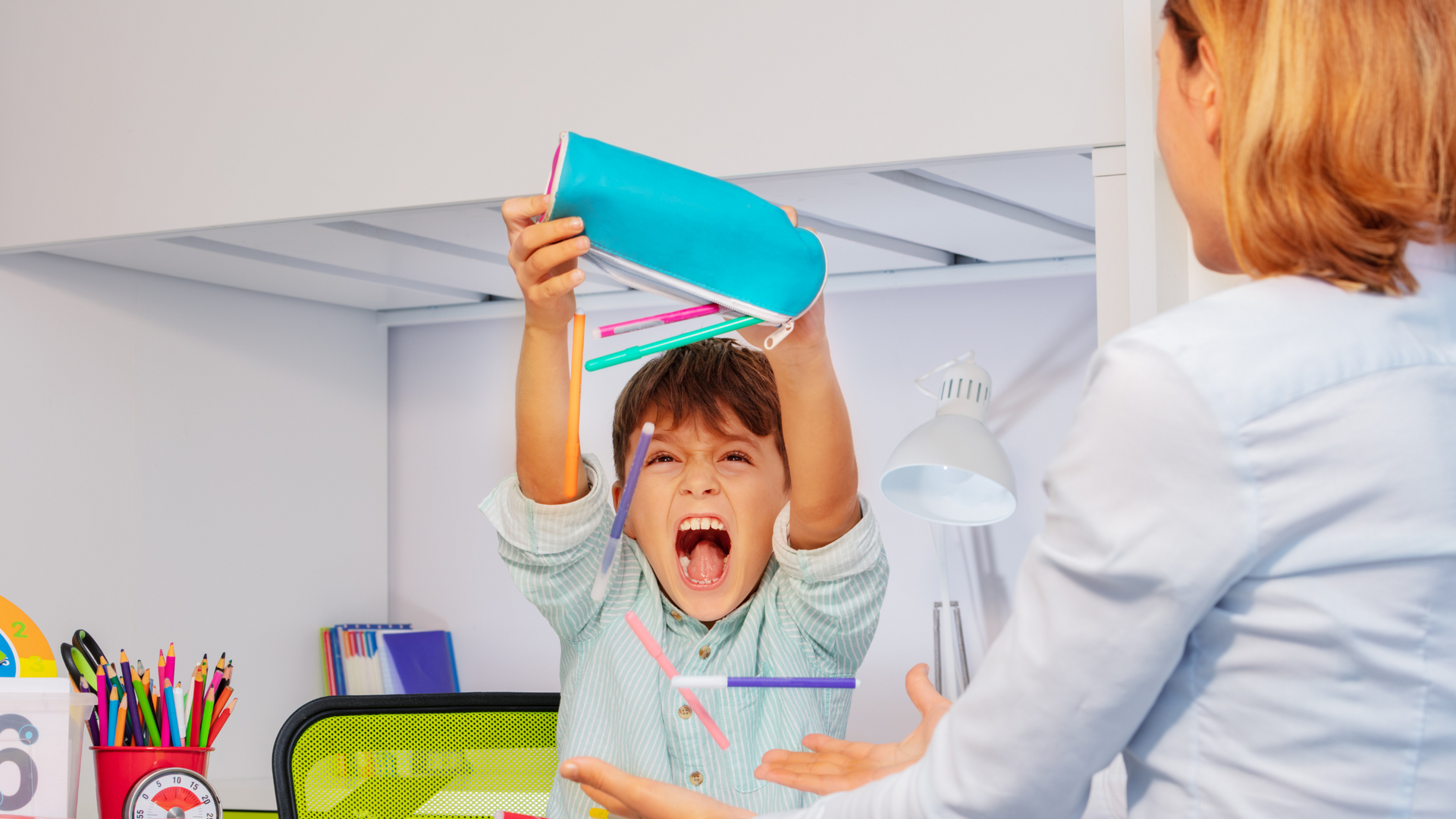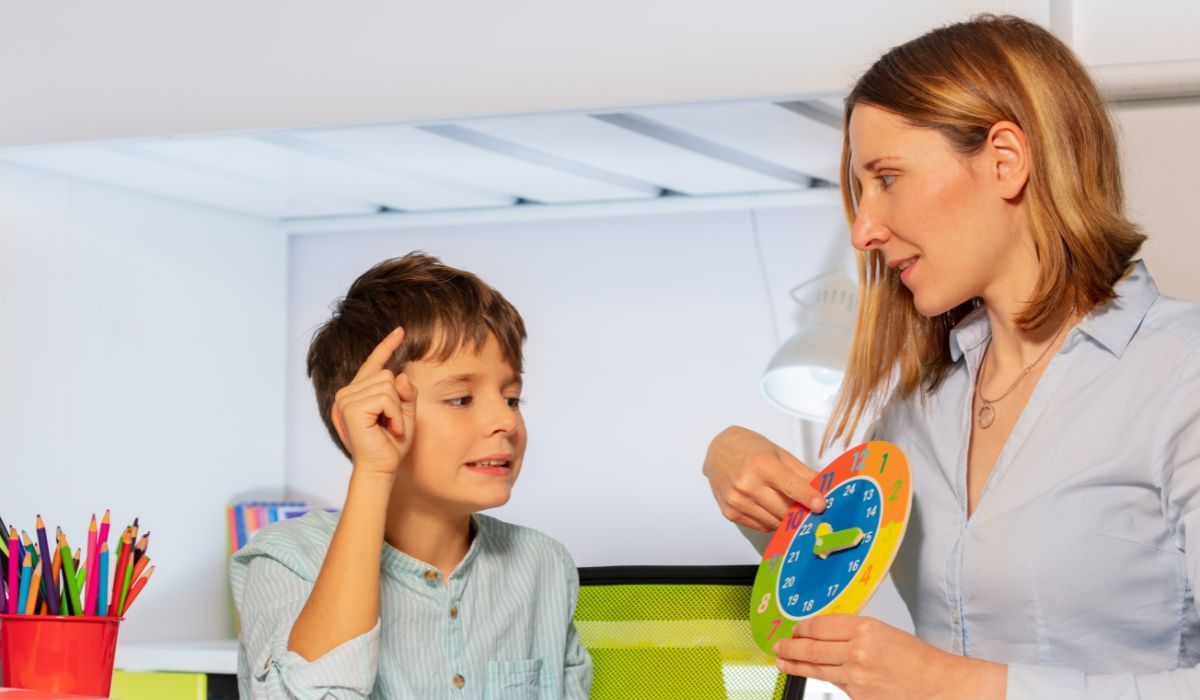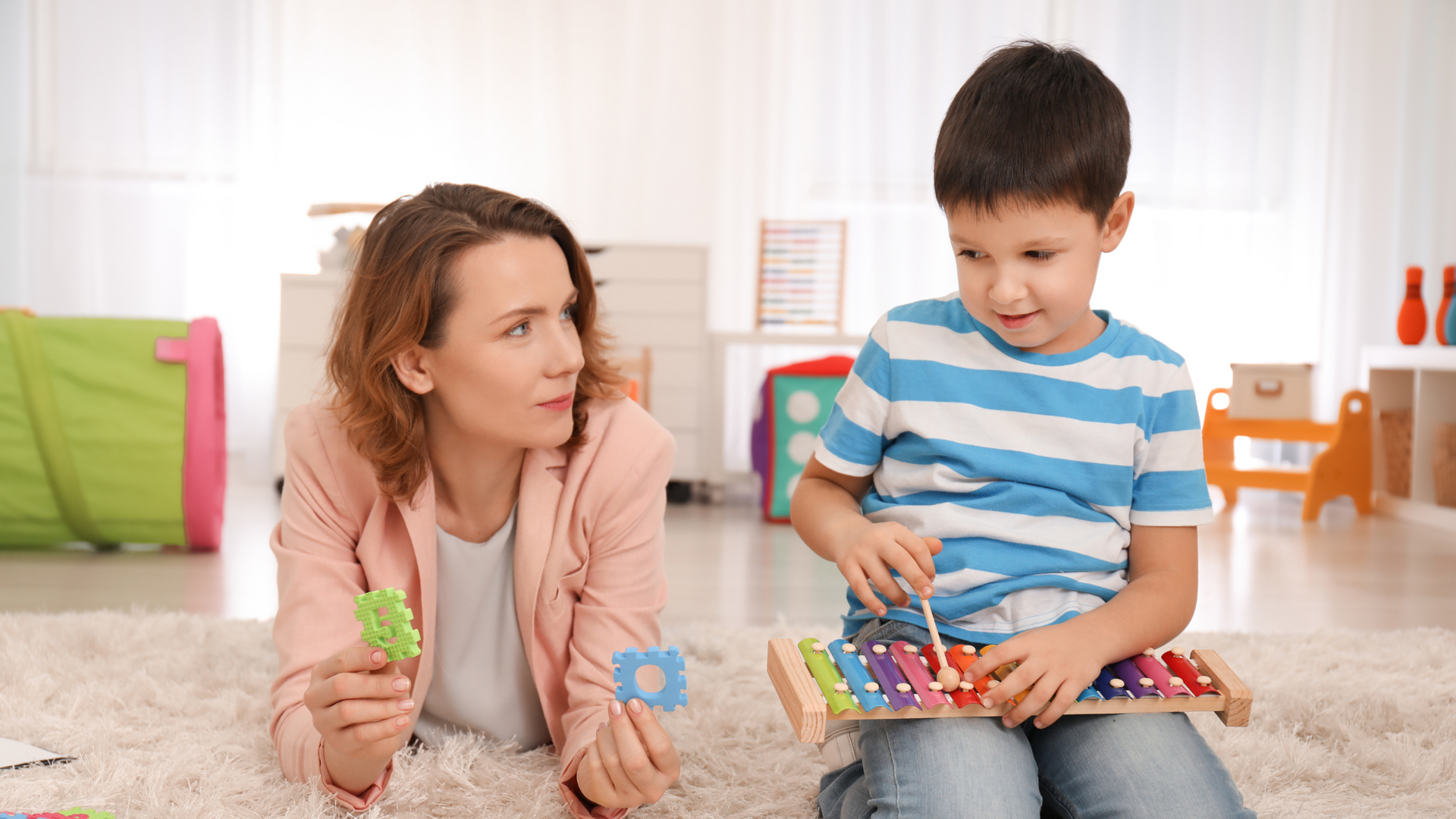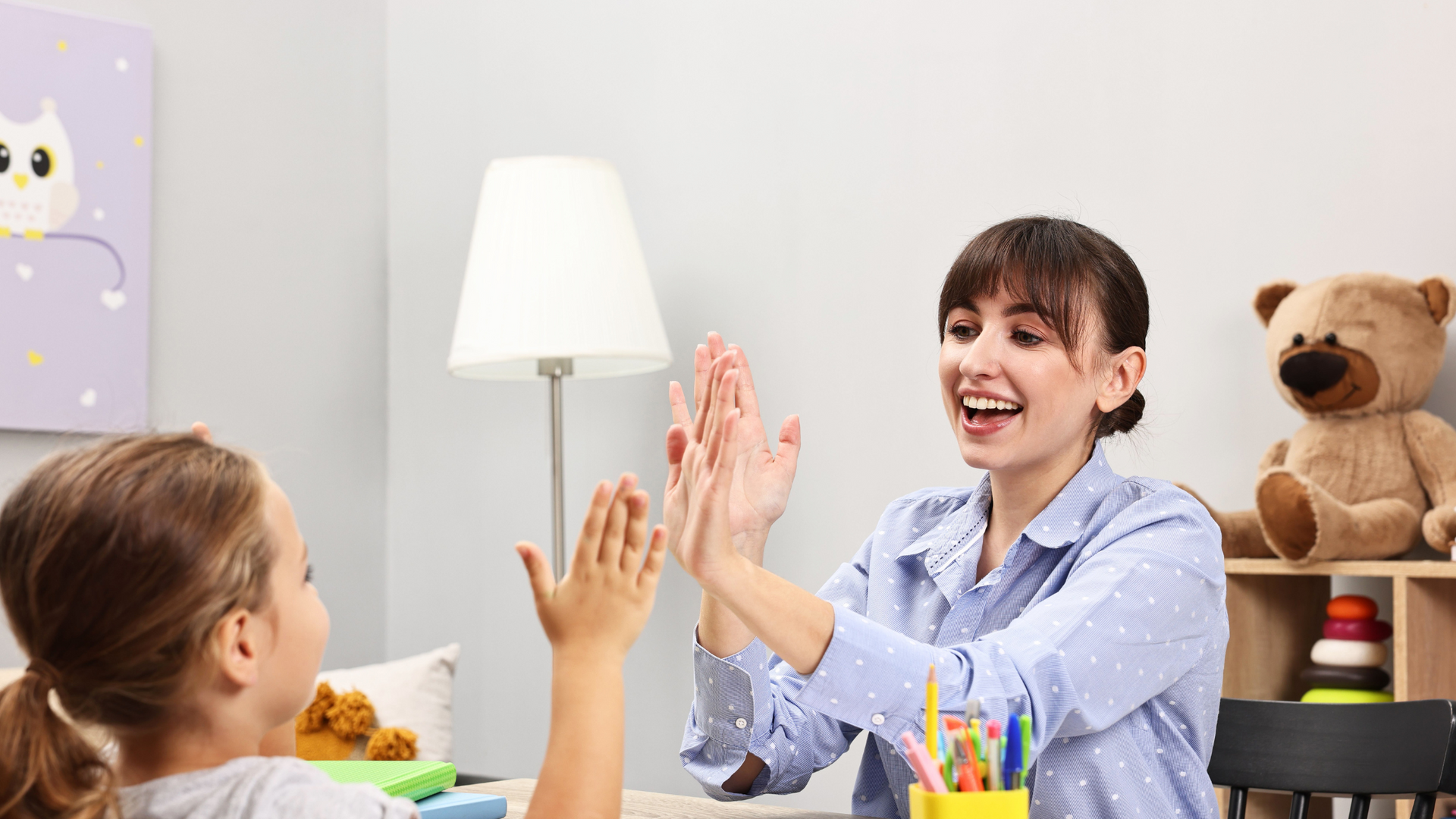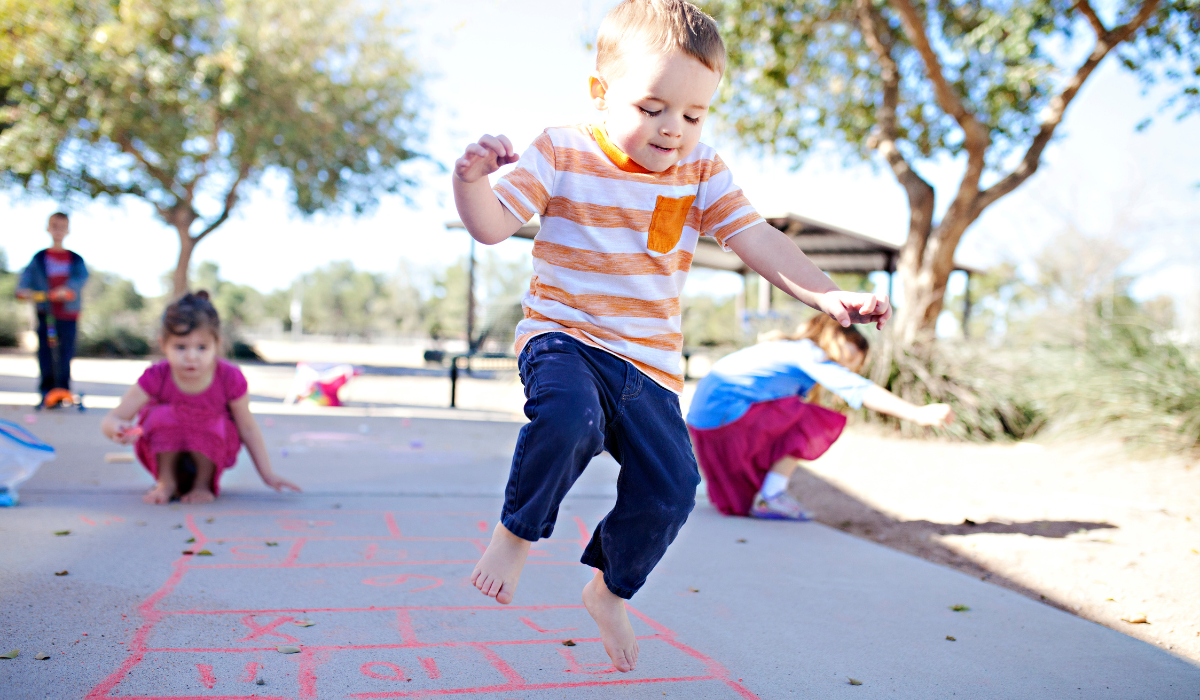ABA Therapy for Children: Why It Works and How to Start
For families navigating the challenges of raising a child with behavioral or developmental concerns, early and effective intervention is essential. Among the many therapy options available today, ABA Therapy for Children has emerged as one of the most evidence-based and results-driven approaches. Developed from decades of research in behavioral science, this method has helped thousands of children improve communication, social behavior, and adaptive learning.
In this article, we’ll explore why ABA Therapy for Children works, what makes it effective, and how you can begin this transformative journey. We'll also highlight the important role of professional support networks like aba agencies Maryland, and how to access services that are tailored to your family’s needs.
What Is ABA Therapy for Children?
ABA, or Applied Behavior Analysis, is a scientific approach to understanding behavior and how it is influenced by the environment. When applied to children, particularly those with developmental challenges, ABA therapy focuses on reinforcing positive behaviors and reducing those that may interfere with learning and daily functioning.
ABA therapy is not a one-size-fits-all model. Instead, it is highly individualized and rooted in continuous data collection and analysis. Each child’s program is based on their unique strengths, needs, and goals, allowing therapists to adapt interventions over time. This makes ABA Therapy for Children both flexible and highly effective.
Why ABA Therapy for Children Works
It’s Based on Proven Science
The principles behind aba applied behavior analysis are deeply rooted in decades of behavioral research. These principles include reinforcement, prompting, fading, and shaping—all designed to teach new skills and encourage positive behavior.
By focusing on observable and measurable behaviors, therapists can assess progress and adjust strategies accordingly. This makes ABA therapy a practical, data-driven approach that leads to lasting changes.
Customized Learning Plans
Each child learns differently. ABA therapy accounts for this by customizing intervention plans based on assessments conducted by Board Certified Behavior Analysts (BCBAs). These assessments identify current skill levels, areas of need, and family goals.
The result is a therapy plan that evolves with the child, helping them develop skills at their own pace. Whether it's improving language, social interactions, or daily routines, these tailored goals provide measurable, attainable outcomes.
Structured and Consistent Approach
Consistency is key when teaching new behaviors. ABA therapy uses structured teaching methods, typically delivered in a one-on-one setting. Repetition, positive reinforcement, and clearly defined expectations are used to build confidence and competence.
For children who thrive on predictability and routine, this structured model creates a safe space to learn and succeed.
Involves Families and Caregivers
One of the most effective elements of ABA Therapy for Children is the inclusion of parents, siblings, and caregivers in the learning process. By educating the family on ABA strategies, therapists extend progress beyond the clinic and into everyday life.
Families become partners in therapy, reinforcing the child’s growth at home, in school, and in the community.
How to Start ABA Therapy for Children
Getting started with ABA therapy may feel overwhelming at first, but with the right guidance and support, you can begin with clarity and confidence. Here’s how to get started:
Step 1: Get a Developmental Evaluation
Before starting ABA therapy, your child should receive a developmental evaluation from a pediatrician, psychologist, or developmental specialist. This helps identify whether ABA therapy is the appropriate intervention for their needs.
If you already have a diagnosis, this step might be complete, and you can move forward with finding a provider.
Step 2: Choose a Qualified ABA Provider
Finding the right provider is essential. Look for accredited aba agencies Maryland or providers in your area with qualified staff, including BCBAs and Registered Behavior Technicians (RBTs).
Many aba autism therapy Maryland services offer a variety of treatment settings, such as in-home therapy, school-based sessions, or telehealth options.
When interviewing providers, consider asking questions like:
- What is your experience working with children with similar needs?
- How do you develop and revise treatment plans?
- Do you involve parents and caregivers in the therapy process?
Step 3: Insurance and Funding
ABA therapy can be covered by insurance, depending on your provider and state. Start by contacting your insurance company to see if aba autism therapy is included in your plan.
Many aba agencies Maryland also help families navigate insurance requirements and paperwork. There may also be state-funded programs or school-based support available to supplement therapy costs.
Step 4: Initial Assessment and Goal Setting
Once you’ve chosen a provider, your child will undergo an initial assessment by a BCBA. This evaluation forms the foundation of your child’s treatment plan. It includes skill assessments, behavior observations, and input from parents and caregivers.
Goals are then developed based on your child’s needs, such as improving communication, building self-help skills, or managing challenging behaviors.
Step 5: Therapy Sessions Begin
With goals in place, regular ABA therapy sessions will begin. These may be scheduled multiple times per week, depending on your child’s needs and the intensity recommended.
Sessions often include a combination of:
- Discrete Trial Training (DTT)
- Natural Environment Teaching (NET)
- Social skills instruction
- Generalization and maintenance strategies
Progress is constantly monitored, and adjustments are made to optimize learning.
Real-Life Outcomes of ABA Therapy
The effectiveness of ABA Therapy for Children has been documented across thousands of families and clinical studies. With consistent implementation, children can develop vital skills that promote independence, improve academic performance, and strengthen family relationships.
Many children receiving aba autism therapy have learned to communicate more effectively, follow routines, develop friendships, and reduce challenging behaviors. These outcomes don’t happen overnight—but with commitment and support, ABA therapy lays a strong foundation for lifelong success.
Tips for Parents Starting ABA Therapy
- Be Involved: Stay engaged in the therapy process. Ask questions, attend parent training, and practice ABA strategies at home.
- Communicate Often: Keep an open dialogue with your child’s therapy team. Share feedback and provide updates on progress at home.
- Stay Consistent: Reinforce learned behaviors across different settings—home, school, and community.
- Track Progress: Look for improvements in your child’s independence, communication, and ability to adapt. ABA is rooted in measurable results.
- Be Patient: Progress may be slow at times, but each small step counts toward greater goals.
About Us
At Able Minds ABA, we’re here to meet your child where they are — at home, at school, or even online. Our services are designed to fit your family’s needs, with the reliability and care you deserve.
Contact us today and take the next step in your journey.
Conclusion
ABA Therapy for Children is one of the most respected and evidence-based approaches to helping children with developmental and behavioral challenges. Its success lies in its individualized plans, measurable progress, and family-focused support.
By working with dedicated professionals from reputable aba agencies Maryland and beginning with a clear evaluation, families can unlock their child’s potential and create a path toward a more confident and independent future.
If you’re ready to begin, take that first step today. Connect with providers who understand your needs, create a customized plan, and support your child’s growth every step of the way.
ABA Therapy for Children is more than just a service—it’s a partnership in progress, built on hope, patience, and proven success.
FAQs
What is ABA Therapy for Children and how does it work?
ABA Therapy for Children is a structured, evidence-based approach that uses the principles of Applied Behavior Analysis to teach positive behaviors and reduce those that interfere with learning. It works by setting measurable goals, reinforcing positive actions, and customizing strategies to each child's unique needs. Sessions often include play-based learning, structured tasks, and real-life skills.
Who can benefit from ABA Therapy for Children?
Children experiencing developmental delays, social challenges, or behavior issues can benefit from ABA therapy. It is especially effective when started early and when tailored to the child’s individual strengths and learning style.
How do I know if my child needs ABA therapy?
If your child is showing signs of difficulty in communication, adapting to routines, learning new skills, or interacting socially, an evaluation from a developmental pediatrician or psychologist can help determine if ABA therapy is appropriate. Many families also begin ABA services after receiving a diagnosis related to developmental concerns.
What is the role of parents in ABA Therapy for Children?
Parents play a crucial role in the success of ABA therapy. They are often included in training sessions, goal setting, and implementation of strategies at home. A collaborative approach helps reinforce learned behaviors across environments, accelerating progress.
How long does ABA Therapy for Children usually last?
The duration of therapy depends on the child's individual needs and goals. Some children may participate for a few months, while others may benefit from several years of consistent support. The therapy plan is continuously monitored and adjusted based on the child’s progress.
Are ABA therapy services available in Maryland?
Yes, there are many qualified aba agencies Maryland offers that specialize in personalized therapy services for children. These agencies often provide in-home therapy, clinic-based programs, and school support. It's important to choose an agency with certified professionals like Board Certified Behavior Analysts (BCBAs).
How do I get started with ABA Therapy for Children?
Start by obtaining a developmental evaluation from a qualified healthcare professional. Then, reach out to a trusted ABA provider or agency in your area. Providers typically perform their own assessments to develop a personalized therapy plan. Agencies like
aba autism therapy Maryland often guide families through insurance approval and onboarding.
